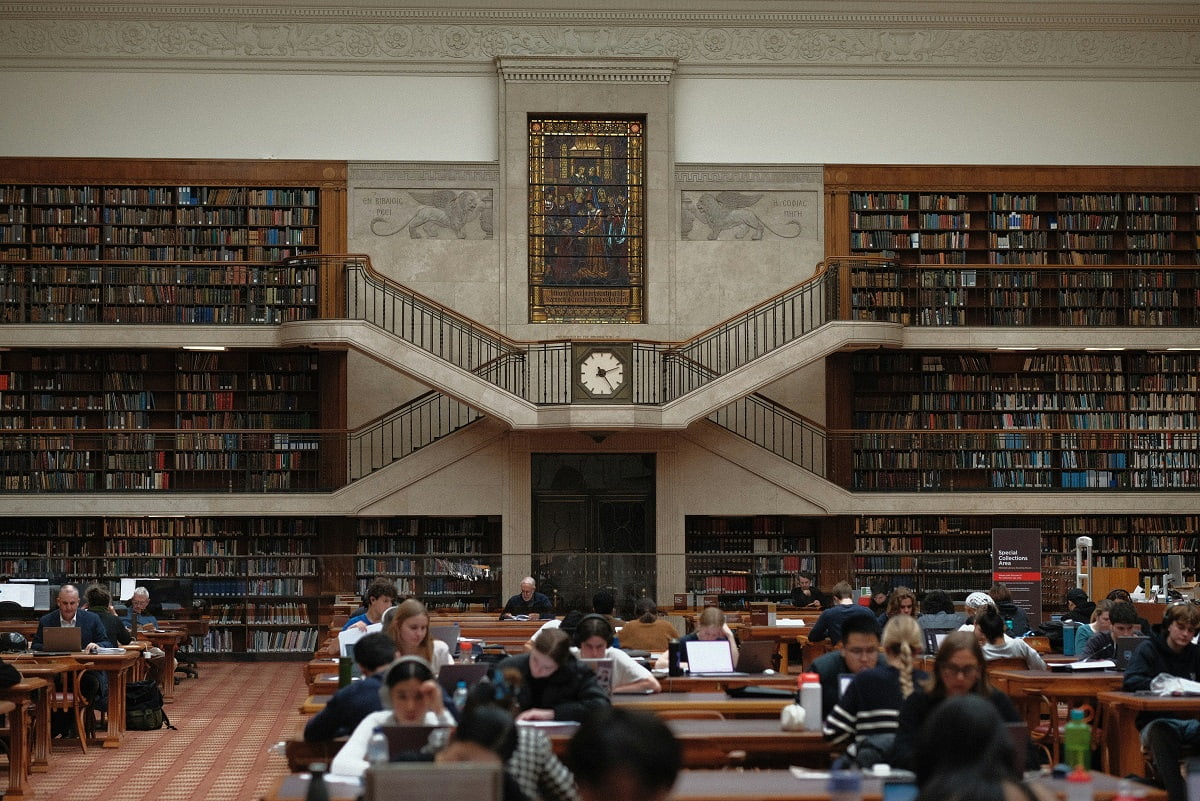Driven by domestic politics, the Albanese government’s crackdown on international student numbers amounts to a self-imposed limit on a major source of national income at a time when Australia’s other major exports, especially iron ore, are bracing for headwinds.
Of course, Australian cities are facing a collective housing crisis – which has become the rationale for cutting the number of students permitted in Australia. But economic common sense would prescribe channelling some of the capital brought in by foreign students into urban construction.
On a per capita basis, Australia has previously done more with much less. In the immediate years following the Second World War, the country absorbed large numbers of British and European migrants accompanied by hardly any financial capital, while increasing housing ownership and building infrastructure such as the Snowy Hydro. Policy was driven then by the urgency of “populate or perish” ideas, and suffered from racial biases, yet the broad idea of a steady stream of cash-strapped immigrants would have been welcomed.
The modern influx of international students is a good problem to have. It may also prove transitory, at least in its current intensity.
The modern influx of international students is a good problem to have. It may also prove transitory, at least in its current intensity. As the Lowy Institute’s Susannah Patton has pointed out, prospective international students may well conclude they would no longer be welcome in Australia, while universities in Northeast Asia could become increasingly attractive destinations.
Australia should expect its clientele to be more discerning. China’s middle class, which was still Australia’s largest education market as of 2023, may have been taking fewer international holidays compared to the pre-Covid era, but they remain as cosmopolitan as ever. Travelling in China, you frequently encounter someone whose relative might be in a European grad school, whose colleague’s child might be working in America, have themselves taken a vacation in Australia, or whose own child might be putting in applications for universities abroad – often all of the above. Many without the means to send their children overseas (or for whom the decision is still distant) are remarkably tuned in to the social media-enabled discussion about life across a range of Western countries – they are part of the information ecosystem shaping the aggregate flow of Chinese international students.

Because of all these factors, Chinese students can be expected to become more savvy in choosing their educational destination. There is little reason to assume that the middle classes in other countries would be much different. It’s worth noting, also, that international students’ experiences readily feed into Australia’s image overseas.
Perceptions of declining educational quality would further diminish Australia’s attractiveness. Stories such as tutorials not being conducted in English, while causing much dismay locally, are no less disappointing for international students and their families. They consider linguistic improvement part of the benefit of their experience and expect the values of their degrees to be backed up by the academic rigour of Australian universities. The recent tightening of English language requirements certainly helps, although universities and the government should also actively promote broad-based contact between international and domestic students, which cannot be taken for granted in the often fragmented and siloed university course structure.
There are also other concerns undermining the value of an Australian degree. With universities keeping perennially tight budgets on teaching staff (exacerbated under the pandemic), classes and tutorials have grown in size significantly, impeding genuine engagement and individual feedback. Casualisation of the workforce means that the face of the Australian education system – the tutors or even course coordinators – is increasingly likely labouring under constant financial and career stress, with little scope to help overcome any cultural or linguistic barriers. The alternating assault on and neglect of the humanities turns universities into production lines of technical education, which, again, is precisely where Australia’s comparative advantage is (inevitably) eroding.
Ultimately, the question of higher education is about what kind of society Australians want to build for themselves and present to the world.
While the majority of international students are indeed here for STEM courses, the diminishing attractiveness of elective studies that could help shape their worldview does them a disservice; for Australia, it is also a forfeiture of its “hidden superpower”, as Patton puts it.
Indeed, to take a business-minded approach to the tertiary education “sector” (a symptomatic term in itself) risks obscuring other national concerns. Reliance on international student fees has complemented the parsimony with which Australia invests in its higher learning and research – 1.7% of GDP directed towards research and development, compared to the 2.7% that is the OECD average. Australia’s public spending on tertiary education at 0.7% also renders it a laggard among developed economies (averaging at 1.0%).
Despite all the talk of “diversification”, Australia’s exports are still characterised by the dominance of the primary sector. Important and lucrative though these remain, they are subject to international business cycles well beyond Australia’s control.
Ultimately, the question of higher education is about what kind of society Australians want to build for themselves and present to the world. Do they value their human capital and the civic quality of the citizenry, in a world increasingly characterised by economic uncertainty and democratic erosion? Do they wish to revitalise their ethos of a “fair-go”, where life opportunities including education are not the preserve of those with generational wealth, and where workers are protected against precarity? Do they take themselves seriously enough to fund institutions essential to cultivating their ability to reflect upon, discuss, and formulate public policy?

